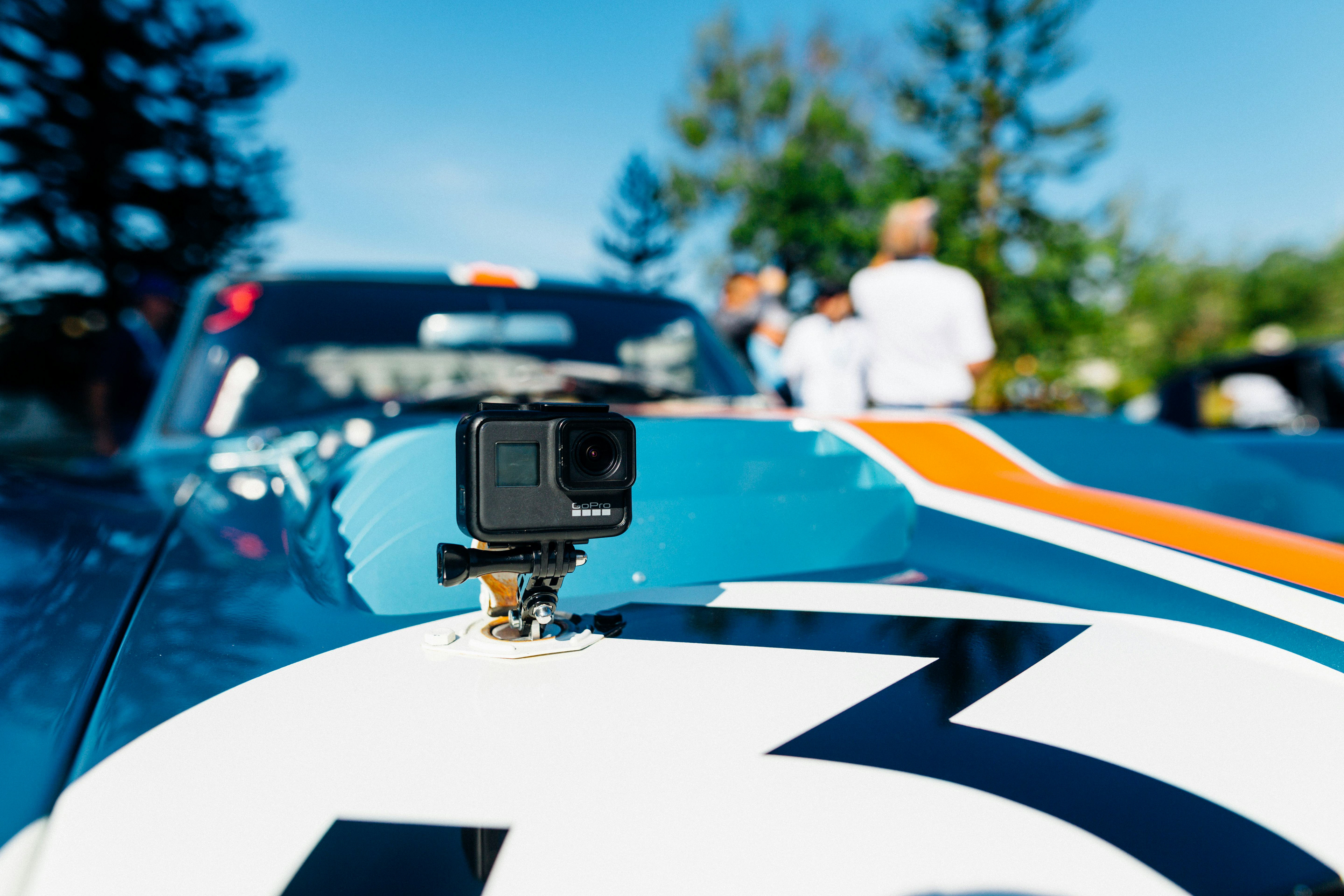Isaac Taylor
How to Select a Digital Camera
A Comprehensive Guide
Choosing the right digital camera can be a daunting task, given the myriad of options available in the market. Whether you’re a beginner looking to upgrade from a smartphone or an experienced photographer seeking a new gear, understanding the key features and types of cameras can help you make an informed decision. Here’s a guide to selecting the perfect digital camera for your needs.
1. Determine Your Photography Needs
Before diving into specific camera features, assess what kind of photography you plan to do:
Casual Photography: For everyday snapshots and family photos.
Travel and Street Photography: Requires portability and ease of use.
Portrait Photography: Needs good depth of field and detail.
Action and Sports Photography: Requires fast autofocus and high frame rates.
Wildlife Photography: Needs long focal lengths and robust build quality.
Macro Photography: Requires good close-up capabilities.
2. Types of Digital Cameras
Understanding the different types of digital cameras will help you choose the right one:
Compact Cameras (Point-and-Shoot):
Pros: Small, lightweight, easy to use.
Cons: Limited manual controls, smaller sensors.
Ideal For: Casual photographers and travelers.
Mirrorless Cameras:
Pros: Compact, interchangeable lenses, excellent image quality.
Cons: Battery life may be shorter, fewer lens options compared to DSLRs.
Ideal For: All levels, from enthusiasts to professionals.
Digital Single-Lens Reflex (DSLR) Cameras:
Pros: Excellent image quality, wide range of lenses, robust build.
Cons: Bulky, can be complex for beginners.
Ideal For: Serious amateurs and professional photographers.
Bridge Cameras:
Pros: Large zoom range, DSLR-like controls.
Cons: Fixed lenses, smaller sensors.
Ideal For: Wildlife and sports photography enthusiasts who want versatility without multiple lenses.

Kelly
Action Cameras:
Pros: Durable, waterproof, compact.
Cons: Limited manual controls, smaller sensors.
Ideal For: Adventure and action sports enthusiasts.
3. Key Features to Consider
Sensor Size:
Larger Sensors: Provide better image quality, especially in low light (e.g., APS-C, full-frame).
Smaller Sensors: More compact and affordable (e.g., micro four-thirds, compact cameras).
Megapixels:
More megapixels offer higher resolution images but are not the only determinant of quality. Look for a balance between megapixels and sensor size.
Lens Options:
Interchangeable Lenses: Found in DSLRs and mirrorless cameras, offering flexibility.
Fixed Lenses: In compact and bridge cameras, ideal for convenience.
Autofocus System:
Fast and accurate autofocus is crucial for action, sports, and wildlife photography.
Image Stabilization:
Helps reduce blur caused by camera shake, useful for handheld shooting.
Video Capabilities:
Consider if you plan to shoot videos. Look for features like 4K recording, frame rates, and microphone inputs.
Battery Life:
Longer battery life is essential for travel and extended shooting sessions.
Build Quality and Ergonomics:
Ensure the camera feels comfortable in your hands and is durable enough for your intended use.
4. Budget Considerations
Set a realistic budget based on your needs. Remember to factor in the cost of additional lenses, memory cards, and accessories. Entry-level models can start around a few hundred dollars, while high-end professional gear can cost several thousand.
5. Research and Reviews
Read reviews from trusted sources, watch video reviews, and seek recommendations from other photographers. Hands-on experience at a camera store can also provide valuable insights.
Conclusion
Selecting the right digital camera involves understanding your photography goals, comparing different camera types, and evaluating key features that match your needs. By considering your budget and conducting thorough research, you can find a camera that will help you capture stunning images and enhance your photographic journey. Whether you choose a compact camera for everyday use or a professional-grade DSLR, the right camera will be a valuable tool in your creative arsenal.
